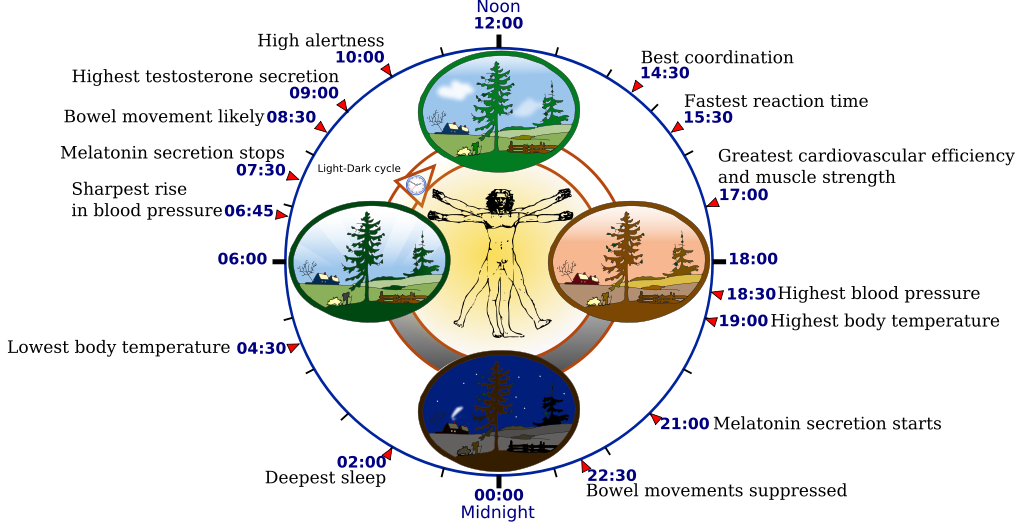Boosting NAD+ Might Turn Back Our Biological Clock
The 24-hr internal clock that keeps our us functioning on schedule ticks out of pace as we grow older. Scientists say raising the level of NAD+ can help counter the effects of aging.
As time ticks by, our internal clock loses its pace and consistency, older adults often become tired in the early evenings and wake up early in the morning. In a new study published in the journal Molecular Cell, scientists show how they might counter the effects of aging and rewind our internal clock to a healthy pace by boosting NAD+ levels.
Boosting NAD+ to Restore Internal Clock
The circadian rhythm is the 24-hour internal clock existing in every living thing that makes us tick. Taking light as its cue, the circadian rhythm keeps our body functioning on schedule, preparing us for the waking and sleeping hours. Aging not only leads to an increased daytime napping while waking up earlier than normal but also raises the risk of developing obesity and other metabolic syndromes.

The researchers found that NAD+ boosters reprogrammed about 50 percent of the overall genetic program related to the circadian rhythm in the liver of mice. The altered genes play crucial roles in stress and metabolic networks. One of the genes that caught the researchers’ eyes is BMAL1– a master gene that drives rhythmic gene activity and regulates biological functions by binding to the DNA.
As our body ages, a core clock repressor, PER2, increases and dampens the activity of our circadian rhythms through repressing BMAL1. The level of NAD+ regulates the degradation of PER2, which in turn promotes the activity of BMAL1, keeping the internal clock ticking at a healthy pace.
However, the level of NAD+ in our body declines with age as well. Aging has shown associations with dampened and less robust circadian rhythm. Decreased NAD+ in old mice causes an increase in PER2 that diminishes the circadian rhythms. By restoring NAD+ levels in aged mice with NAD+ boosters, the researchers observed a dramatic reduction in PER2 and an induction in BMAL1 activity, counteracting the age-related decline.
One of the hallmarks of aging in humans is the disruption of circadian rhythms regarding the sleep-wake cycle in the early evening. We get tired earlier in the evening, we go to bed earlier and wake up earlier in the morning as we grow old. Old mice also experience the early evening or late afternoon slump, but old mice with restored NAD+ don’t. While the activity level of other old mice is low, the NAD+-boosted mice spend their time running on wheels, showing a similar activity level as young mice. Replenishing NAD+ in aged animals can counteract the age-related decline in the molecular level and circadian physical activity.
Not only do the elders experience a circadian rhythm disruption, shift workers also feel the impact. While most Americans clock out at 5 pm before sunset, nearly 15 million Americans work night shifts that clock out at sunrise, according to the Bureau of Labor Statistics in 2004. These workers, including reporters, nurses, police, and many others, may suffer from shift work disorders symptoms such as insomnia and excessive sleepiness from disrupted circadian clocks.
Targeting PER2 may provide treatments for people with shift work disorder and neurodegenerative disease-associated sleep loss to help synchronize their internal clock. Researchers also suggest that raising NAD+ may be a possible therapeutic strategy to “ameliorate age-related decline in behavior and metabolism.”

